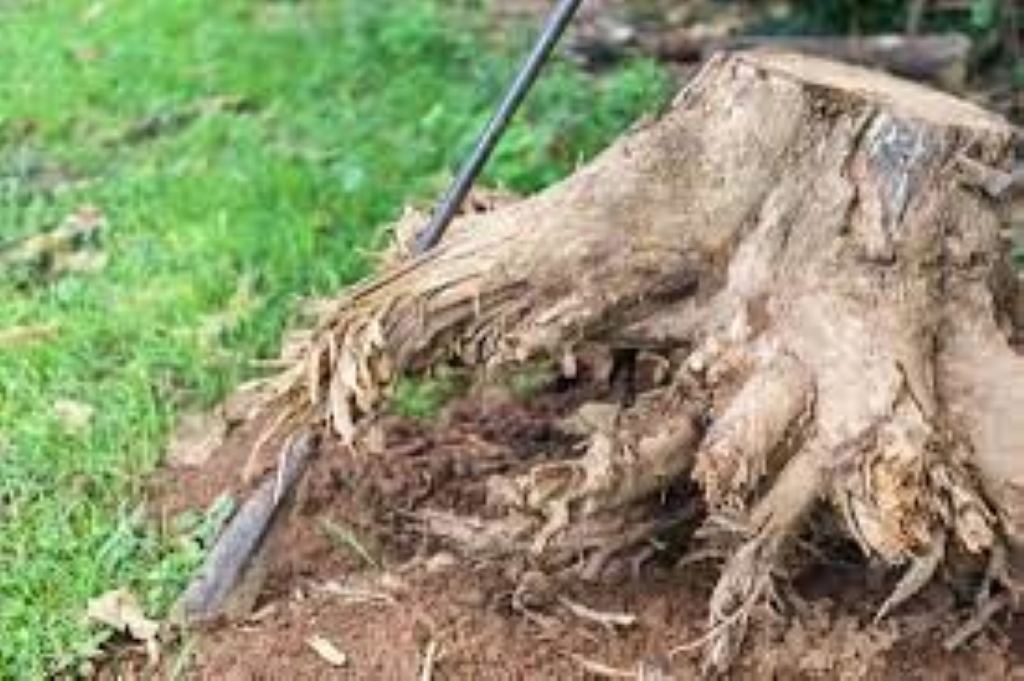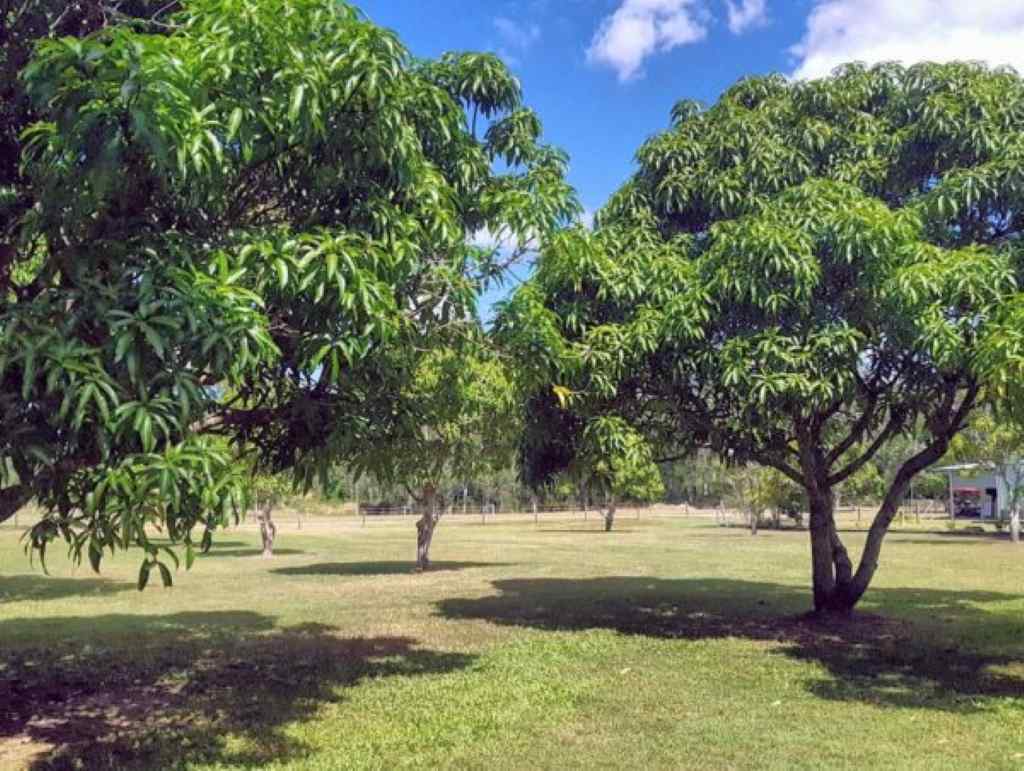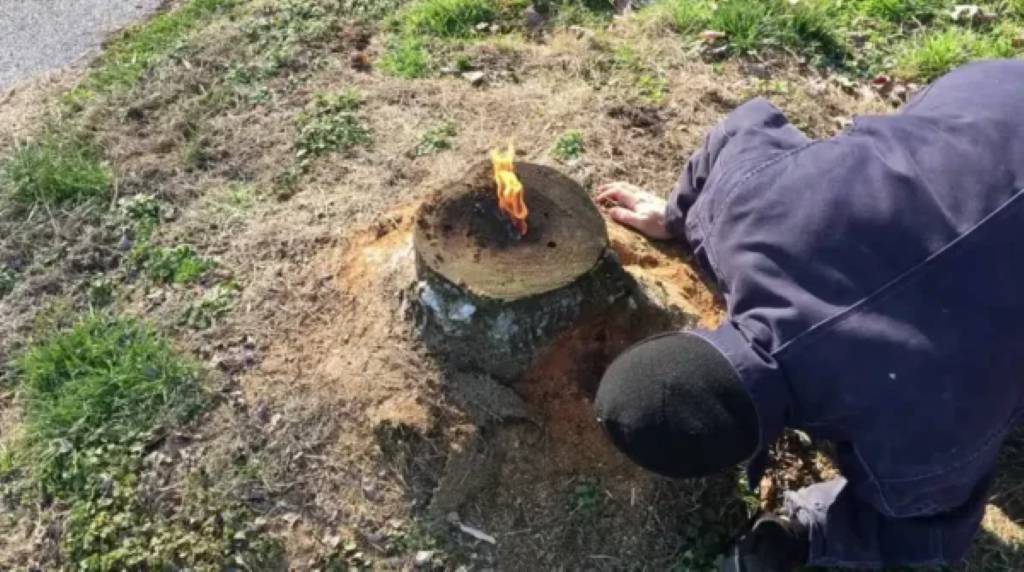The Ultimate Guide to Effective Tree Replacement
Tree replacement is critical to preserving the balance of our urban landscapes and natural ecosystems. As trees develop, they become essential components of our ecosystem, providing shade, oxygen, and boosting the visual appeal of our surrounds. Trees, however, frequently require replacement owing to a variety of factors such as age, illness, or safety issues. This essay will dig into the significance, procedure, and advantages of tree replacement. By delving into the complexities of this approach, we’ll discover how tree replacement projects contribute not just to environmental sustainability but also to the revival of our towns and communities. Join us as we learn about the importance and complexities of tree replacement, which is an important element of protecting and improving our natural heritage.
Importance of Tree Replacement
Tree replacement is a critical technique for preserving the health of our ecosystems. It handles the unavoidable loss of trees due to aging, illness, or safety issues, hence protecting the environment’s equilibrium. It contributes to air purification, pollution reduction, and the visual appeal of our landscapes in addition to filling the hole left by destroyed trees. This approach is an important part of urban revitalization initiatives because it promotes green areas, which are important for community well-being.
Factors Influencing Tree Replacement
Several variables determine the requirement for tree replacement. Older trees may offer safety issues or succumb to illnesses, prompting replacement. Furthermore, safety problems connected to tree structure or roots damaging infrastructure frequently necessitate replacement attempts. Disease outbreaks or pests that endanger tree health may need quick replacements. Understanding these aspects aids in strategic planning for efficient and effective tree replacement efforts.
Selecting Suitable Replacement Trees
Choosing the correct replacement trees is a critical step in assuring the effectiveness and sustainability of tree replacement efforts. When selecting suitable replacement trees, several critical factors must be considered.
Native Species Selection: Prioritize native species since they are well-adapted to the local environment and survive with little intervention. Their compatibility with the region’s climate, soil conditions, and biodiversity contributes to their resilience and lifespan.
Growth Potential and Characteristics: Evaluate the growth potential of replacement trees in terms of height, canopy spread, and root development. Consider their growth rate, seasonal fluctuations, and any potential influence on surrounding structures or utilities.
Environmental Adaptability: Assess the ability of chosen trees to adjust to environmental circumstances such as drought, wind, or certain soil types. Ensure that replacement trees
By carefully analyzing these variables, one may make educated selections when selecting replacement trees, assuring their successful establishment and long-term contribution to the ecosystem.
Planning the Replacement Process
Strategic planning is critical to the successful completion of the tree replacement procedure. It consists of many critical procedures designed to ensure the effective establishment and growth of trees.
location Assessment: Begin by thoroughly inspecting the planting location. Think about soil quality, drainage, sunshine exposure, and available space. This assessment assists in selecting the best areas for tree planting.
Species Selection: Based on the site evaluation, carefully select tree species that are compatible with the requirements of the site. Prioritize native species that are well-adapted to their surroundings, guaranteeing their adaptability and longevity.
Planting Methods: Use suitable planting methods to ensure the effective establishment of replacement trees. Adequate depth, mulching, and adequate spacing between trees are all important elements to consider while planting.
Post-Planting Care: Create a detailed care plan for freshly planted trees, including watering schedules, mulching, and trimming techniques. Consistent maintenance after planting is critical for the good development and establishment of replacement trees.
By painstakingly planning each stage of the replacement process, from site assessment to post-planting maintenance, one may maximize the effectiveness of tree replacement projects and contribute to the restoration of green areas.
Maintenance Strategies
Strategies for Upkeep: Implementing efficient maintenance practices is critical to ensure the continued health and durability of freshly replanted trees. Several critical maintenance procedures contribute to its success:
Watering on a regular basis: Adequate watering is critical, especially during the first development phase. Provide steady and adequate quantities of water to promote root development and healthy growth.
Mulching: Apply mulch around the base of newly planted trees to conserve moisture, control soil temperature, and inhibit weed development. Mulching properly also protects the roots of trees from adverse weather conditions.
Pruning and trimming: Pruning is required on a regular basis to shape the tree’s structure, remove broken branches, and encourage healthy development. Trimming enables appropriate canopy development and lowers the danger of possible risks.
Monitoring and Care: Check the trees on a regular basis for symptoms of stress, illness, or pests. Implement proactive methods to resolve any difficulties as they arise, guaranteeing the replacement trees’ sustained health and vibrancy.
Following these management measures is critical for promoting the growth of freshly replacement trees, enhancing their resilience, and contributing to a flourishing urban ecology.
FAQS
What variables influence the requirement for tree replacement?
Several circumstances, such as age, illness, safety issues, or environmental changes, may necessitate tree replacement. Trees that exhibit indications of decay or pose a concern must typically be replaced quickly.
How can I find suitable replacement trees?
Consider natural plants that are suitable to your region’s climate and soil conditions. To pick the ideal trees for replanting, consider their growth potential, environmental adaptation, and qualities.
When is the best time to replace trees?
The optimal time to replace trees varies according to species and local climate. Typically, late fall or early spring, when trees are dormant, provides the best circumstances for effective replanting.
What kind of upkeep is required once a tree is replaced?
Watering, mulching, trimming, and disease and insect monitoring are all important post-replacement management duties. Consistent attention guarantees healthy development and establishment.
Can I replant trees in the same location?
Yes, replanting in the same location is possible, but it’s crucial to assess soil conditions, root health, and potential reasons for previous tree loss before replanting.
Conclusion
Tree replacement develops as a critical activity, critical for environmental conservation and urban revitalization. Because trees play so many different functions in our ecosystems, their maintenance and replacement are extremely important.
Communities may support the creation of bright, green landscapes by recognizing the variables driving tree replacement, selecting suitable replacement trees, meticulously planning replacement operations, and adopting efficient management techniques.
The significance of tree replacement goes beyond aesthetics; it represents a commitment to environmental sustainability, improving air quality, supporting biodiversity, and contributing to the general well-being of urban areas.





